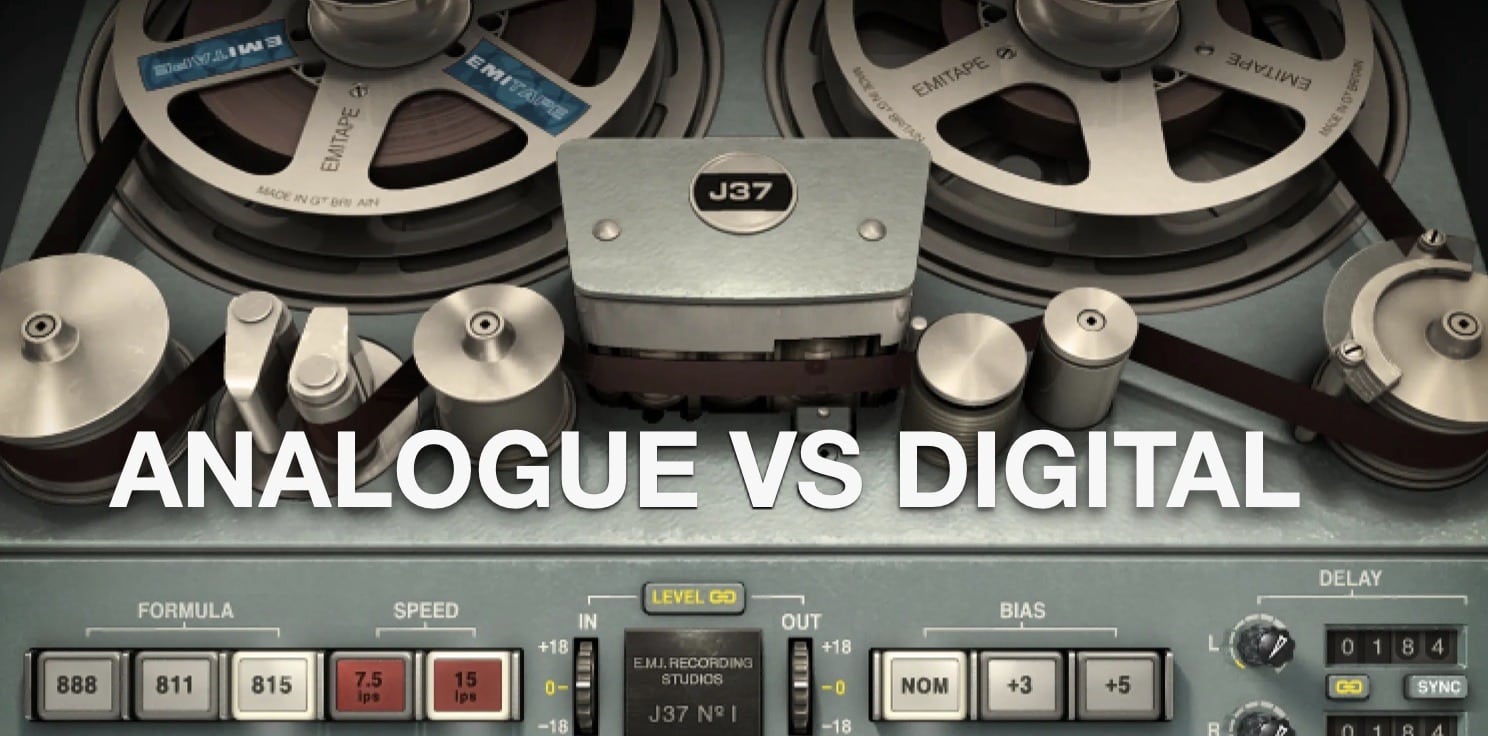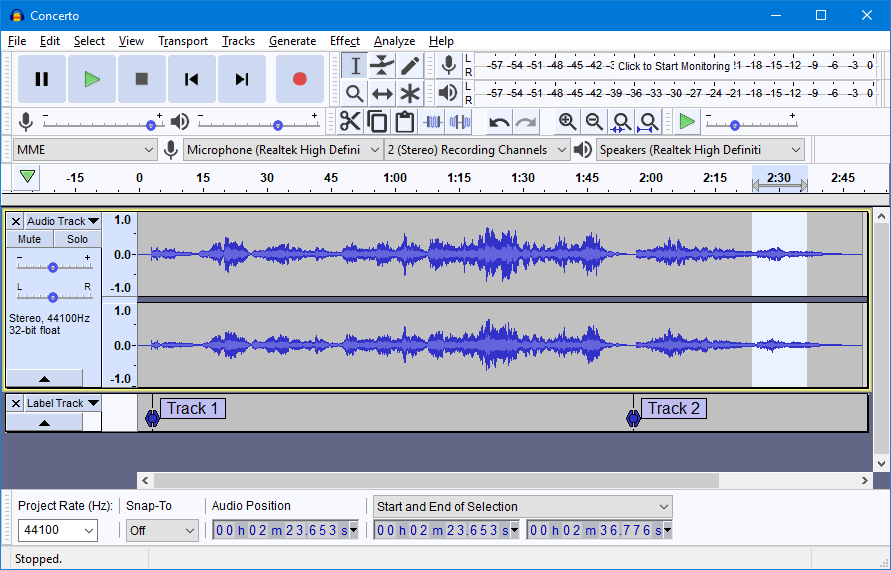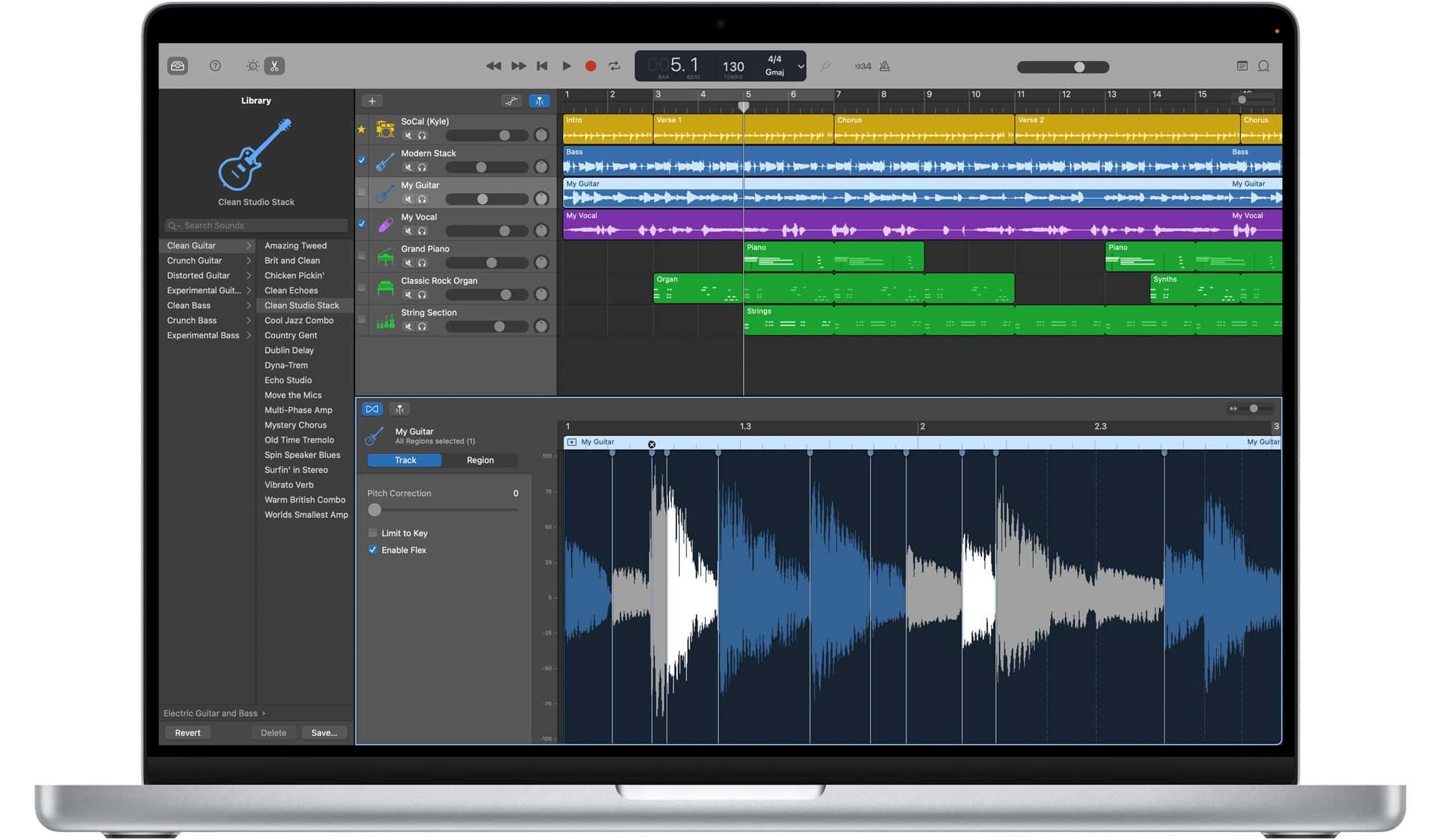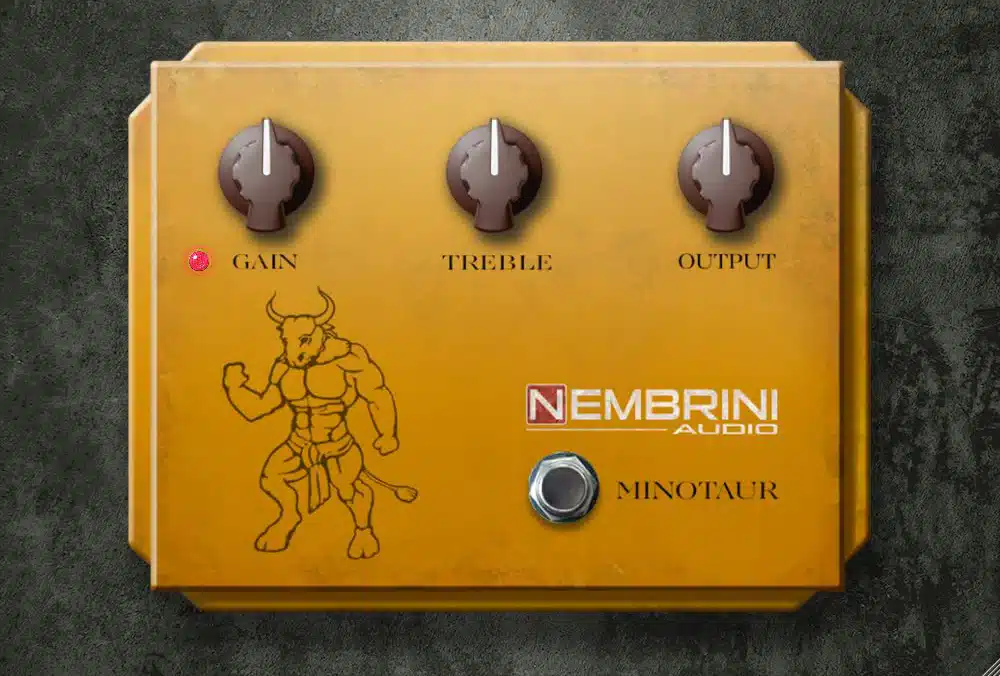In this Recording Great Guitar Tones on a Budget article, we will discuss some ways to get great recorded guitar tones without spending a fortune. The way to get huge guitar tones, with massive amounts of sustain and a sound that will make your guitar stand out from the pack.
Recording Great Guitar Tones on a Budget
For the first part of this series, I’m going to share some links to free software that you can download and try out on your systems.
There are a lot of very high-quality virtual guitar rigs out there currently, and they can be very useful to own.
Later on in the series I will be covering analogue recording techniques. For this first part, I am going to talk about digital systems and DAWs in particular.
Purely, because most musicians have access to a computer and not as many have access to tape.

Analogue vs Digital
There are many ways to record an electric guitar in 2023, these include using a DAW, a microphone and audio interface and some plugins.
Or perhaps, an old 4-track tape recorder and a microphone, or even a multi-track tape reel to reel, etc
Plus, there are a host of relatively new and now ‘vintage’ digital multi-recorders available for reasonable money. These use everything from SD cards, Hard Drives or Solid-State storage, to name only a few, to record your audio, rather than magnetic tape.
Whatever you choose to record with isn’t going to make a huge difference to your final guitar tone in reality.
Sure, tape has some inherent warmth, with nice natural-sounding compression. Whereas, digital has the convenience of instant recall with unlimited edits.
I’m not here to argue the virtues of any specific medium. Both have specific benefits and each medium has its inherent costs.
Read The Manual
Know your gear, read the manual if you have to, or go find a YouTube video that shows you how to use it. If you know how to use your chosen recording medium, then that is the most important part of the basic recording process.
I would always say it is more about knowing your tools and then experimenting with them.
Once you are comfortable with the basic controls, then you can start to have fun and make great guitar tones.
Budget DAW Guitar Tones
Now that is out of the way, let us look at some ways to get great tones and keep the budget under control.
My first suggestion for anyone using a DAW would be to look for any included guitar amp plugins included in the software you have chosen to use. Along, with any compression, effects and EQ software that comes bundled with your package.
I state this because there are already a lot of useful tools included with DAWs, which can help you keep costs down.

Free DAWs
Plus, there are lots of free DAWs available, which means if you have access to a computer, then you can really keep costs to a minimum.

Below is a list of some free DAWs I would recommend checking out. I’ve used Garageband, Cubase LE, Audacity, Reaper and Ableton Live Lite myself in the past and had good results with all of them.
- Garageband (Mac only)
- Ableton Live Lite
- Audacity
- Tracktion Waveform Free
- Pro Tools Intro
- Cubase LE
- Soundbridge
- Reaper
- MPS Beats
- Podium Free (PC Only)
Free Plugins
Since I’m talking about software, here are a few of the free plugins that I would recommend to help with recording electric guitar.

These free plugins cover a lot of good-quality virtual amps and also some useful guitar effects.
- Nembrini Audio Free Plugins
- Native Instruments Guitar Player 7
- Amp Simulations By LePou
- Ignite Amps
- Amplifikation Lite By Kuassa
- Nick Crow Labs
- Voxengo Boogex
- Ace by Shattered Glass
- Blue Cat Free Amp
- Amped Roots Free
- Audiority L12X
- TSE Audio X50
- Black Rooster Cypress TT-15
- Peavey Revalver 4
- Lostin70sAudio
- AmpLion Free
- Amper
What’s Next?
In the next part of the series, I am going to share some ways you can set up recording guitars and amplifiers. I’ll also show some more great free plugins that can be used to augment your guitar tones.
Plus, I will cover some basics of recording and share some neat tricks for getting the most out of inexpensive equipment. Many of these tips can be used in both analogue and digital recording setups, so there will be something for everyone.
Whilst you are waiting for Part 2, you may want to read this article, as it covers how to get the best signal path into your DAW, which is useful for anyone who wants to get into recording audio.
Video







